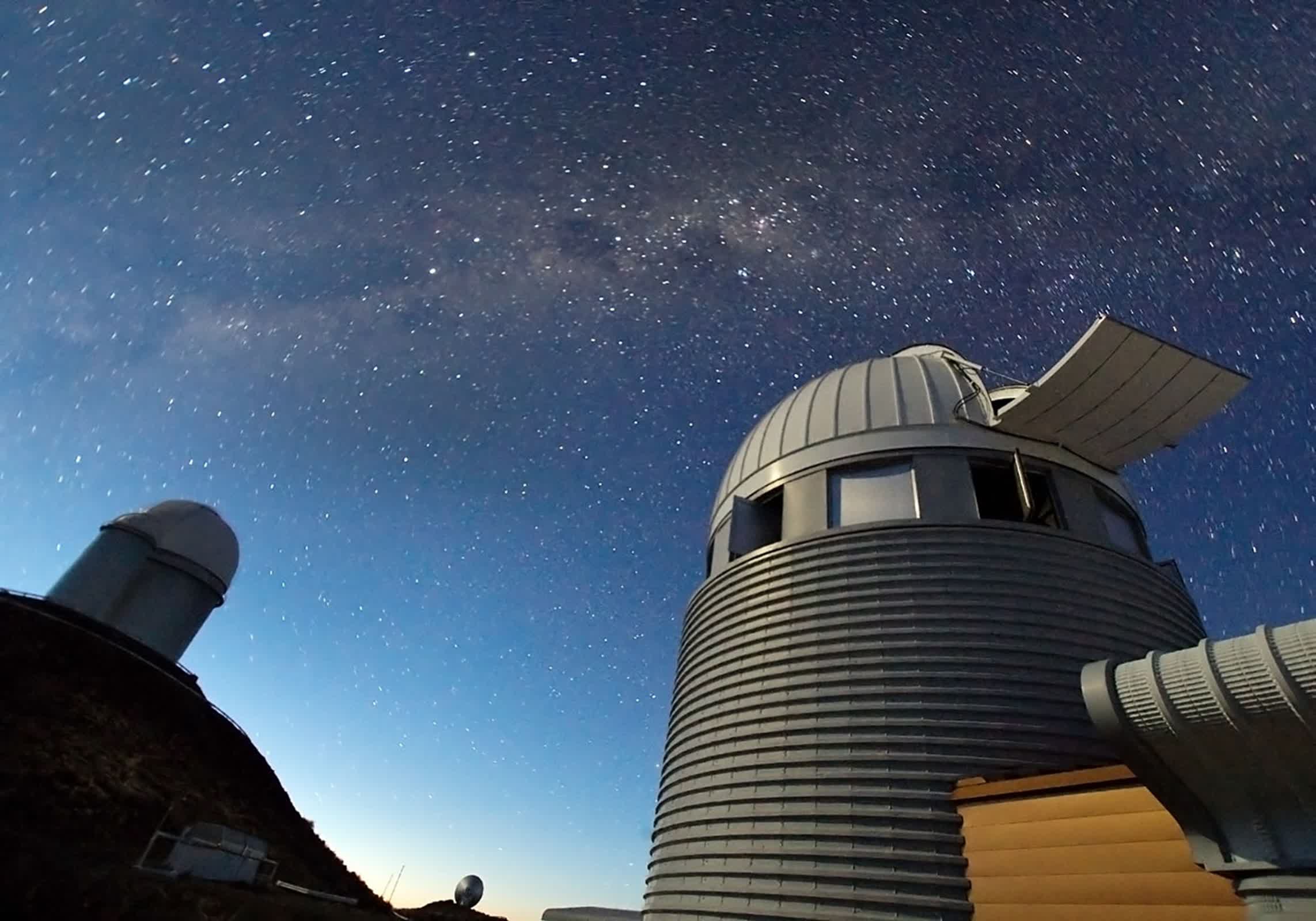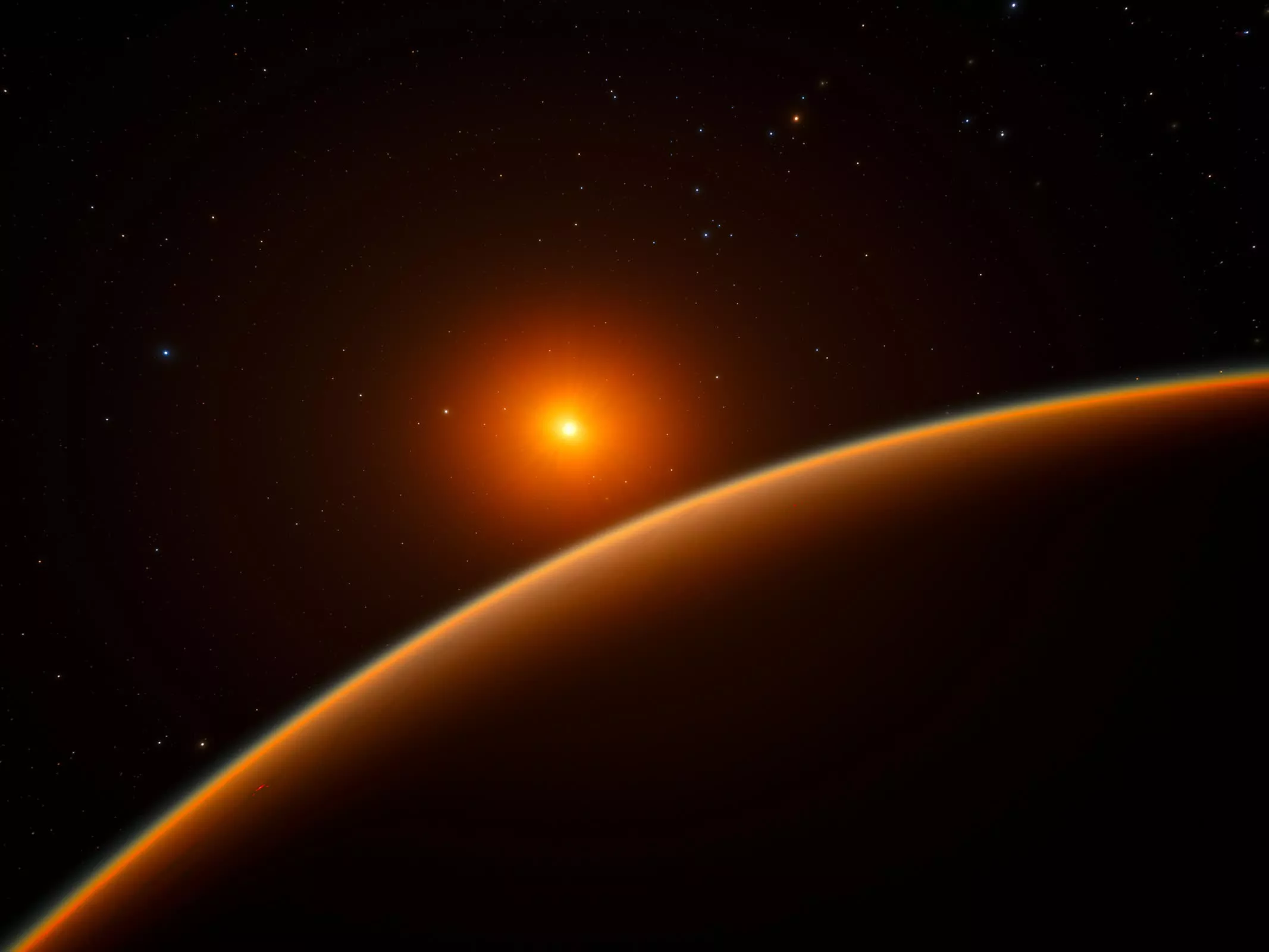Through the looking glass: Astronomers have uncovered a planetary system that challenges long-held beliefs about where planets can exist. This discovery suggests the universe may hold far more surprising and diverse worlds than previously thought. As observational technology improves, more of these extraordinary systems could soon come to light.
Astronomers have discovered a remarkable planetary system that challenges long-held assumptions about where planets can survive. Known as ν (nu) Octantis, the system hosts a giant planet locked in a gravitational tug-of-war between two stars – a configuration once deemed nearly impossible.
The story of ν Octantis began more than two decades ago when astronomers detected a repeating signal from the binary star system. For years, debate swirled – was it a planet or merely a quirk of stellar activity? The truth, it turns out, is more intriguing than anyone expected.
Researchers utilized the High Accuracy Radial Velocity Planet Searcher at the European Southern Observatory (HARPS) to confirm the presence of a planet roughly twice the mass of Jupiter. What makes this world especially intriguing is its orbit: it moves in reverse, tracing a retrograde path around the larger star, while the smaller companion – a faint white dwarf – moves in the opposite direction.

This behavior is rare and poses an unusual puzzle for planetary scientists. Most planets in binary systems orbit far from both stars or just one when the pair is widely separated. Here, the planet's orbit threads the needle between the two stars in a way that defies conventional planetary formation and survival models.
The stability of this planet's orbit adds to the cosmic wonder. Its signal has stayed steady for over twenty years, suggesting the unusual retrograde motion stabilizes it by minimizing disruptive gravitational forces from the white dwarf companion.
Researchers are considering how this unique system formed. They propose two main theories. The first suggests the planet formed from material shed by the white dwarf during its red giant phase. The second posits that it originally orbited both stars before migrating inward as the system evolved. Computer simulations show only a narrow range of orbital configurations can keep a planet stable for millions of years, as this system has.
